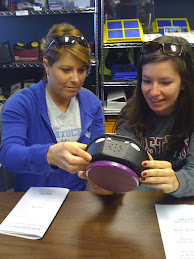1/30/09
Morphemes
Sometimes it is difficult for me to determine how many morphemes a word has. Basically, if part of the word can stand as its own word, then that part is a morpheme, but if the rest of the word cannot stand on its own, then there is only one morpheme in the word. Is this right? Also, if there are two morphemes in a word, the morphemes do not have to be related to the word that they create together. Such as "window." If anyone wants to correct this or add to it feel free, I am easily confused by morphemes.
Subscribe to:
Post Comments (Atom)






No, I think you've pretty much got the hang of it! The book does a good job of giving us the overall idea. I have been trying to read while I have been cooped up on campus. The book also goes over "bound morphemes" which begin with a prefix or end with a suffix. Ex. rerun, or running
ReplyDeleteYes. . . right track. "bound" means you have to "bind" or tie it to something. So prefixes and suffixes are bound morphemes!! The WORD to which you would add them is a FREE morpheme.
ReplyDeletere - bound morpheme
run - free morpheme
As we continue on and talk about counting morphemes we will see that compound words are counted as ONE morpheme. It's simply the RULE applied to how we count morphemes in conducting language analysis.
ReplyDeleteMorphemes always get me too. I always have problems with them.
ReplyDelete